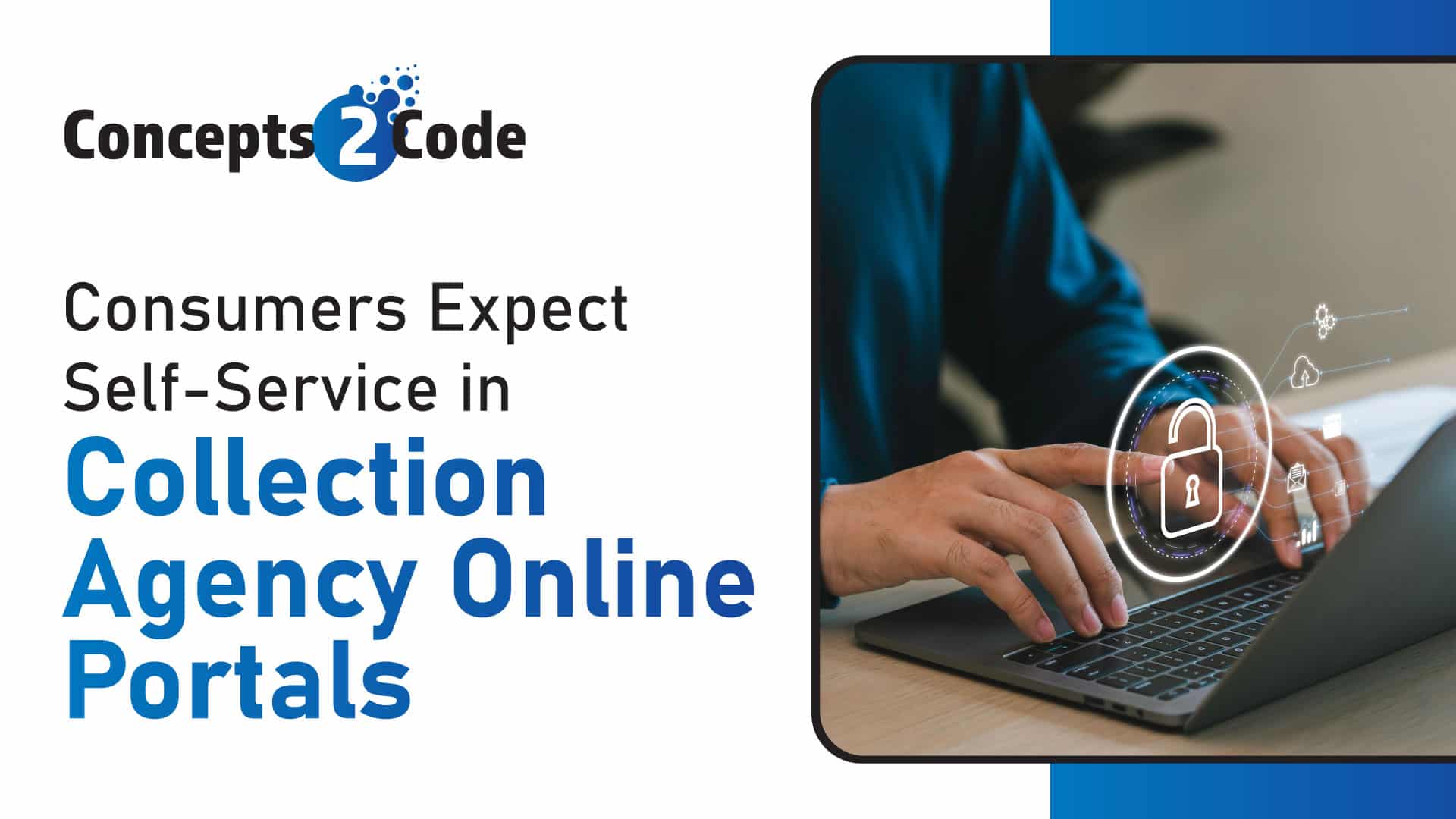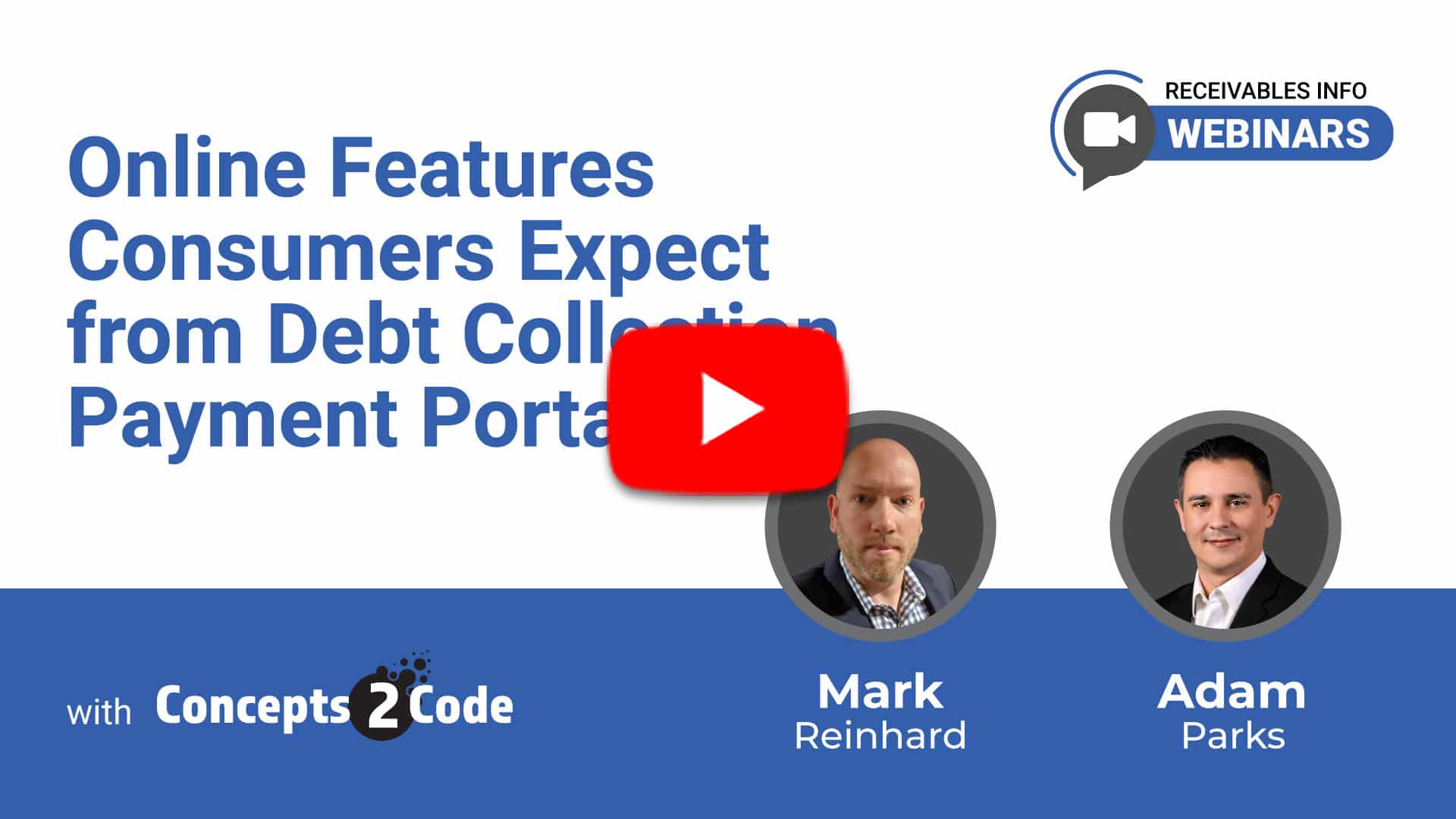Consumers today prefer to handle debts on their terms, using debt collection consumer portals that fit into their busy schedules. Instead of making phone calls or dealing with office hours, they want the freedom to check balances, make payments, and view account details whenever it suits them. This shift toward self-service has pushed collection agencies to offer digital experiences that feel as smooth and accessible as popular online services.
Designing an effective portal means knowing how people interact with the system and offering the right options. If there are too many choices, they may feel overwhelmed and leave without taking action. On the other hand, too few options can make it hard for them to find what they need. The goal is to strike a balance that guides users confidently through the process. For example, offering collection agency online payments and settlement options without cluttering the screen helps users make decisions quickly and easily.
This blog will discuss typical consumer experiences with online collection portals and share best practices for offering choices that enhance the payment process. We’ll also explore methods for tracking abandoned payments and following up effectively. With these strategies, agencies can build trust, improve user satisfaction, and support more successful debt resolutions.
Typical User Experience
Consumers want to manage their debts with the ease they find in other online services. They expect to log in quickly, check their balances, and make payments without calling support. Whether on the couch at home or during a break at work, many people expect to have full control over accounts from their devices.
Key factors for happy consumers include:
- Mobile-Friendly Design: The website layout must be clear and easy to navigate on smartphones or tablets. This means simple menus and a clean design that works well on smaller screens.
- Quick Payment Options: Many consumers want to make payments without logging in completely. A fast payment feature, where they can enter basic information like an account number and last name, helps them complete transactions in just a few clicks. This reduces frustration and increases the likelihood of completing a payment.
- Clear Account Information: A straightforward summary of the consumer’s debt status—total owed, available payment plans, and past payments—gives them the confidence to manage their finances.
- Self-Service Features: Consumers often want to handle their debts without speaking to an agent. Features like setting up a payment plan, viewing statements, or requesting a settlement offer should be easily accessible.
A well-designed consumer self-serve portal allows collection agencies to meet consumer expectations and transforms debt management into a more manageable and positive experience.
Choices: A Happy Medium
Providing the right number of choices in a debt collection consumer portal significantly improves user experience. Too many options can confuse users, while too few might leave them without the necessary tools. The key is offering a balanced set of choices that guides them effectively.
To create a balanced experience:
- Prioritize Options: Include the most common choices, such as one-time payments, payment plans, and settlements. Highlight these options to make them easy to find.
- Organize and Simplify: Group similar options together and use simple labels. For example, instead of listing various installment plans separately, offer a single “Payment Plans” option that expands into more details.
- Add Helpful Tips: Include short descriptions next to each option. For example, a note explaining how a settlement reduces the total debt can help consumers make informed decisions without needing to navigate away from the page.
- Personalize When Possible: Customize the options based on the person’s history. If someone has a history of partial payments, highlight flexible plans that match their past behavior. This way, the portal feels more relevant and supportive.
- Avoid Information Overload: Don’t present every detail immediately; place information in expandable sections or provide links to other pages. This prevents the portal from feeling cluttered and overwhelming.
With the right balance of choices, consumers can find what they need quickly, confidently make decisions, and feel more in control of their debts.
Tracking Abandoned Payments
When someone starts a payment but doesn’t finish, it signals that something went wrong or they need more help. For example, consumers might get frustrated with a declined payment or be unsure about their options. Following up with these people can help recover lost payments and provide support where needed.
Here’s how to approach this:
- Monitor Declined Payments: Track failed transactions and offer different options, such as setting up a payment plan or using an alternative payment method.
- Send Friendly Reminders: Use automated emails or texts to remind consumers about their incomplete payments. A simple message like, “We noticed you didn’t finish your payment. Can we help?” along with a link to the portal, can bring them back to complete the process.
- Offer Additional Support: If a technical issue occurs, provide immediate help through customer support or chat. Just like in a store, a little assistance is sometimes needed to keep things moving smoothly.
- Analyze Trends: Look at data to see where consumers are abandoning payments. Are they leaving at the login screen, or is it happening at the final step? Use this information to tweak the portal and make the process easier.
Taking a proactive approach to abandoned payments encourages re-engagement with the payment portal and shows that support is available. This strategy helps agencies increase the number of successful payments and builds trust and confidence in the portal’s usability.
Build a Strong Self-Service Online Experience
Creating a consumer self-service portal that works for everyone means offering clear, easy-to-navigate options that make managing debt straightforward. Quick access to account information and simple payment options ensure consumers can take action without frustration. The goal is to make the experience smooth and intuitive, reducing the need for support and encouraging more activity in the portal.
Personalized support, such as automated reminders and flexible payment plans, helps consumers stay on track and feel supported. Agencies that focus on a seamless, user-friendly design build trust and encourage positive financial outcomes.
For more on this topic, watch this appearance from Mark Reinhard, Owner & Solution Engineer at Concepts2Code, published in September, 2024:
About Concepts2Code
Concepts2Code builds consumer communication software and consumer portals to improve the customer experience online. They offer branded self-service portals for sharing documents, accepting payments, and sending emails, text and letters. Request a live demo and learn more at concepts2code.com.



